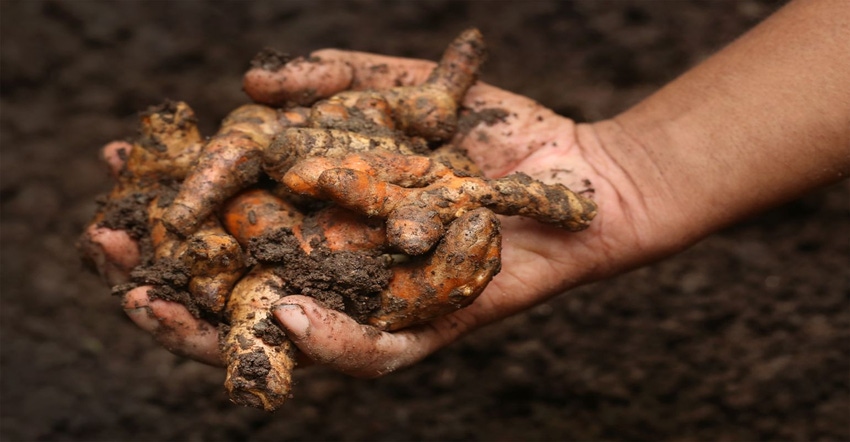Factors boosting the popularity of curcumin
Thanks in part to scientific advances and increased transparency in the supply chain, the curcumin market is showing ongoing signs of growth.

Curcuminoids are derived from turmeric (Curcuma Longa), and include the most bioactive component, curcumin, as well as demethoxycurcumin and bisdemethoxycurcumin. Curcumin has a wide variety of applications from skin care products to food coloring agents.
Research has supported benefits associated with curcumin for a variety of conditions, mostly derived from its anti-inflammatory and antioxidant actions. Globally it is recognized for its long-standing traditional use as a pharmaceutical.
The body of research to support the efficacy of curcumin based on its antioxidant and anti-inflammatory effects is expanding. The strength of the evidence is making it one of those dietary ingredients with enough science and safety to assure its place among the tried and true of the supplement industry.
It appears that the science behind the ingredient has not gone unnoticed in that sales growth has mirrored science growth. According to Grand View Research, “The global curcumin market size was valued at more than $58 million in 2020 and is expected to grow at a compound annual growth rate (CAGR) of 16.1% from 2020 to 2028.” While it is always appealing to believe that sales in the industry are a direct reflection of science, we know there is more to it.
Of course, some of the success of curcumin must also be attributed to the scientific ingenuity utilized to develop solutions for overcoming poor bioavailability, such as nanoparticles, dendrimers and nanogels. While making it more bioavailable enhances its efficacy, there are additional considerations.
Many consumers are factoring environmental impact and sustainability into purchase decisions. They want to know the source of the ingredients in their supplements, and they want a transparent story behind the supply chain. Therefore, aspects beyond human efficacy and safety are of great interest. Examining the sustainability of the turmeric crop and the extraction of the curcumin from the turmeric seems relevant.
Indian turmeric has one of the highest curcumin concentrations. According to Grand View, 78% of the global production of curcumin comes from India, which is a major producer of turmeric accounting for over 78% of the global production.
According to the American Botanical Council’s Sustainable Herbs Program, as outlined in a narrative by herbalist Bill Chioffi, the harvesting of the turmeric requires manual human labor. First the top of the plants are cut down by machetes and set aside to be used later, then the workers must go through by hand and separate the fingers from the bulbous part of the plant called the rhizome and the seed. The fingers are then briefly boiled to expedite the next step, the drying process in which the material is dried in the sun. Once the moisture is low enough, it can be sent to a processor to finish the sorting, polishing and processing into a powder.
Editor’s note: This article was excerpted from a longer piece in the “Curcumin at the crossroads” digital magazine. Click the link to access it.
Susan Hewlings, PhD, RD, is director of scientific affairs at Nutrasource.
About the Author(s)
You May Also Like




.png?width=800&auto=webp&quality=80&disable=upscale)